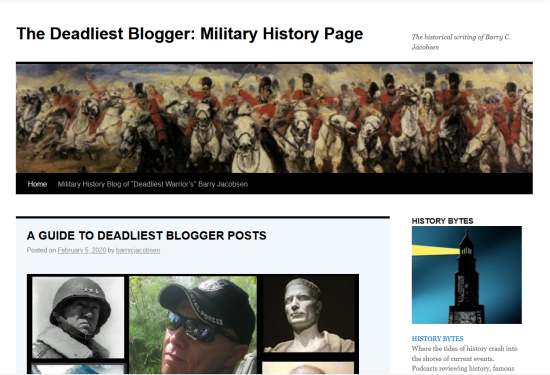
An Archeological and Anthropological Analysis
138 pages. 16 pages of black-and-white illustrations. Introduction, index, notes, and bibliography.
The author sets out to explore a question much debated by modern scholars – were Europeans in the Neolithic period peaceful agrarians or warriors?
The Neolithic period (also known as the New Stone Age) is the time in history when people began to transition from hunter-gatherers to farmers. Was this a peaceful process as cultures changed, or was there a conquest of one type of people by another?
Later in the period, we see the appearance of the Beaker and Corded Ware cultures, with evidence for a possible warrior or ruling caste. Again, did this culture spread by assimilation or by conquest?
The author addresses these questions by sifting through the evidence, from older to younger, from southeast Europe to Ireland. When was a walled settlement a fortress, rather than just a corral or religious site? When a burial shows signs of violent death, was it warfare, accident, or just a crime? Which weapons were multi-purpose, versus exclusive instruments of war? What can primitive artwork tell us about weapons and tactics? What were the different reasons for cannibalism, and how can it be detected in the archaeological record?
And if war, as Clausewitz tells us, is "...the continuation of state policy with other means," can you call it warfare before states even existed?
The author also surveys what we know of tribal cultures in the modern age, to see what insight might be provided when examining the Neolithic evidence. For example, in a time before money, when few possessions were portable, why would people fight each other? Could what looks like warfare in the evidence actually be ritualistic, non-violent behavior?
This is a scholarly book, dry at times, and the evidence does get repetitive after a while. The Neolithic period is, by definition, uncivilized, and the evidence from this book shows that warfare in that period was grim and barbaric.
The wargaming reader may be disappointed that the author lets the evidence speak for itself, and draws few conclusions about Neolithic warfare. However, the diligent reader will pick up many tips that would be useful in a Neolithic wargame campaign (or even a fantasy campaign).
An interesting, well researched book. Recommended.
Reviewed by ![]() Editor in Chief Bill
Editor in Chief Bill ![]()
![]() .
.






